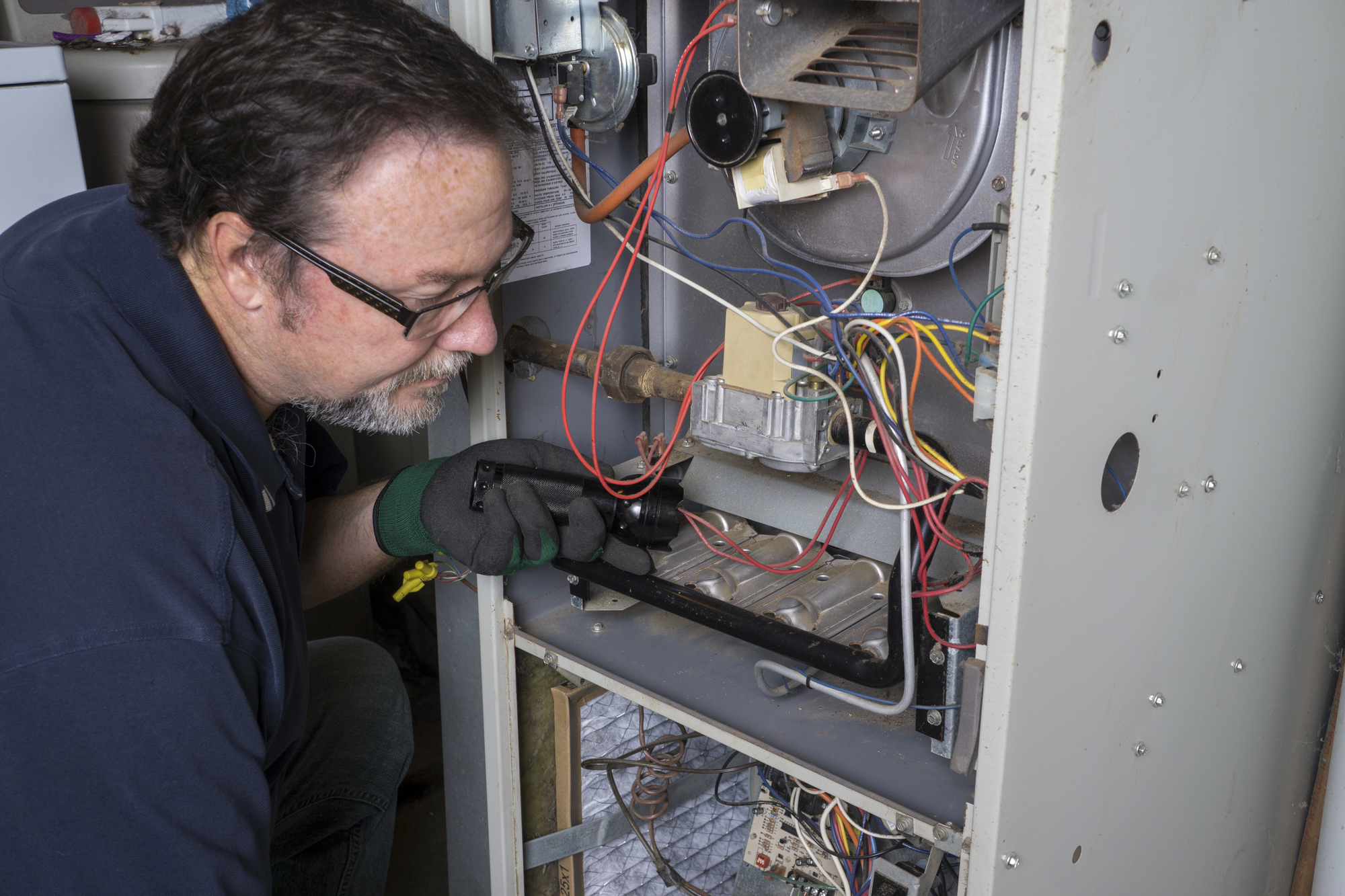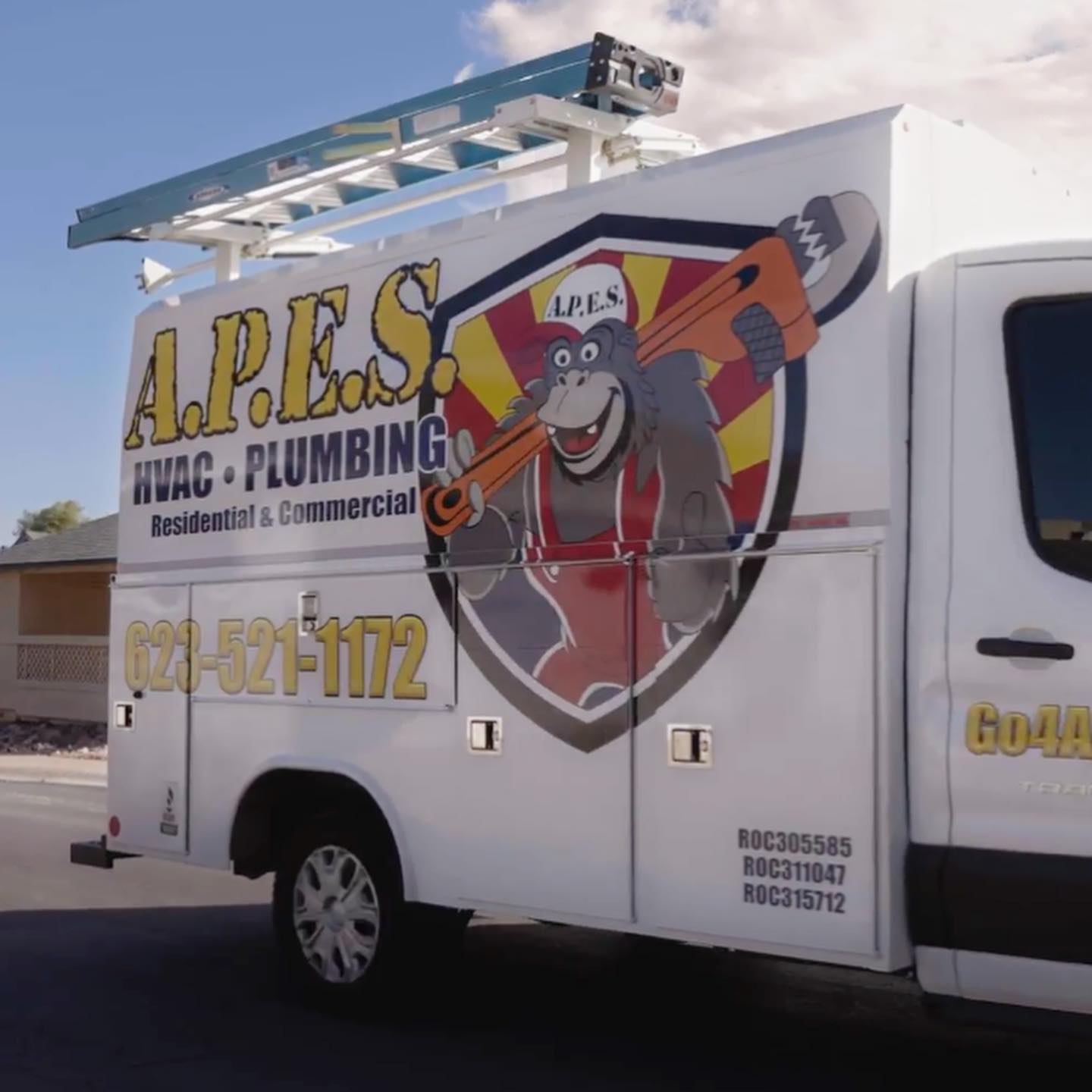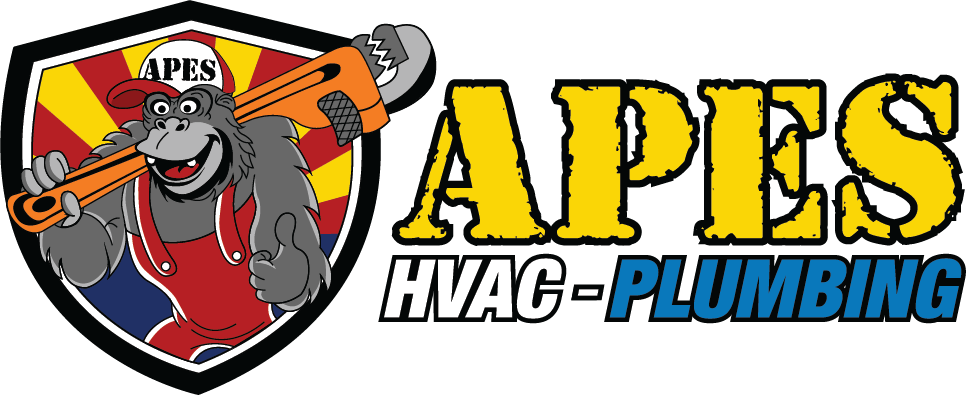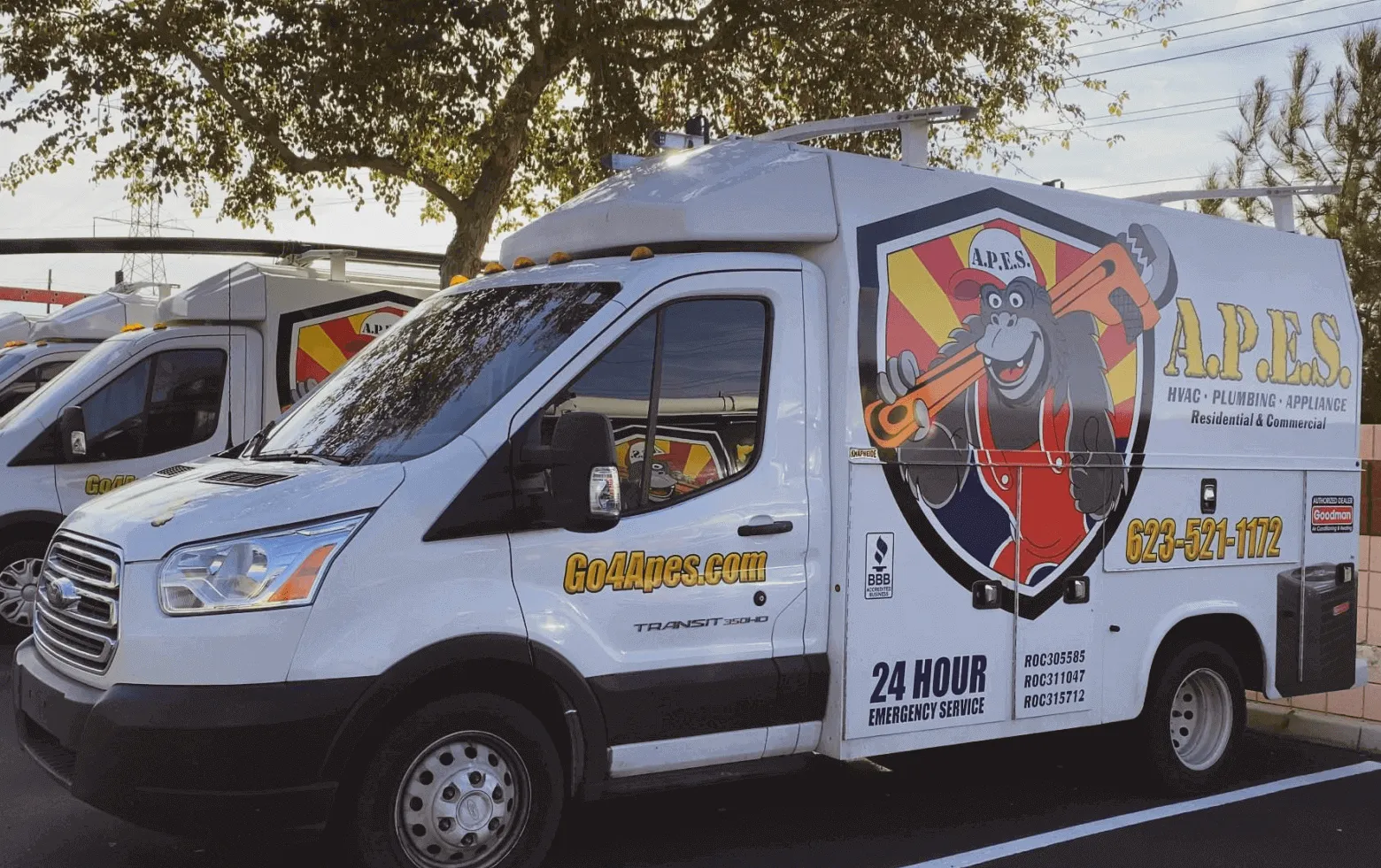Carbon monoxide (CO) is a potentially deadly gas. The worst part is that you cannot see, smell, or taste it to know its presence. Often called the “silent killer,” CO is stealthy, so the person at risk will not even know if they are inhaling this poisonous gas.
CO is emitted from incomplete burning of solid, liquid, and gaseous fuels such as wood, charcoal, oil, natural gas, and coal. This means that household cooking appliances, like gas stoves, heating systems, and fireplaces, can generate carbon monoxide and are not adequately maintained.
Now the question is, how can a carbon monoxide leak be detected, especially when it cannot be smelled, seen, or tasted?
Health Hazards Caused by Carbon Monoxide
The air in your home may be filled with carbon monoxide because of inadequate ventilation or the breakdown of any appliance. The gas can easily occupy the space and even enter your bloodstream, deterring oxygen. This will lead to acute oxygen deprivation in your body, ultimately causing carbon monoxide poisoning.
CO poisoning is dangerous, and you should seek immediate medical help. Knowing how to detect a carbon monoxide leak in your living space is crucial to keeping your home safe.
Here are a few ways to identify the warning signs of carbon monoxide leakage and prevent the dangerous gas from poisoning your body.
What Does Carbon Monoxide Smell Like?
Before we consider how to detect a carbon monoxide leak in your home, let’s investigate the very nature of the gas. One of the greatest disadvantages to detecting the presence of carbon monoxide is that it is an entirely odorless gas. CO has no distinct smell; therefore, if you smell anything about it, it is something else, as it can only accompany or mix with other gases. This means smell cannot be the basis for identifying a carbon monoxide leak.
Carbon monoxide does not permit the body to carry oxygen if it enters your body, and it’s even more terrifying that you will not even realize it. Hence, carbon monoxide detectors are great options for identifying even the house’s minutest source of CO emission. However, one should also be acquainted with the signs of a possible leak, as it’s imperative to safeguard your family from CO poisoning.
Signs to Detect a Carbon Monoxide Leak in Your Home
Detecting a carbon monoxide leak before it reaches dangerous levels requires a keen eye to identify sure signs.
- Yellow or Orange Flames: When yellow or orange flames are emitted from your gas appliance rather than the blue ones, incomplete combustion is likely to happen. Gas above the appliance’s atmosphere will soak up the unwanted carbon monoxide.
- Soot or Dark Stains Around Appliances: Dark spots or soot accumulation on or near your appliances, without any apparent reason, indicate carbon monoxide leakage from gas appliances.
- Pilot Lights That Frequently Go Out: Pilot lights frequently blowing out signals that something is wrong with the appliance.
- Increased Condensation: Excessive condensation on windows, commonly found near a gas appliance, would signify poor venting.
- Slow-Burning Solid Fuel Fires: If your wood fire, or coal fire, is burning much slower than usual, it is probably not getting enough air for combustion, causing CO to increase.
These visual clues can signal a potential CO problem, but physical symptoms of carbon monoxide exposure are often the first to alert you to a leak.
How to Detect a Carbon Monoxide Leak From Physical Symptoms
The symptoms of inhaling carbon monoxide are sometimes similar to other health problems and are often confusing. So, it is essential to learn about these symptoms to avoid misinterpretation. As soon as you suspect a CO leakage in the house, you should get some fresh air to lower the impact of CO poisoning and then start investigating if you or any other family member has developed any of the following symptoms:
A dull headache that suddenly worsens at home could indicate an early warning sign of CO poisoning.
Dizziness that makes you feel lightheaded could hint at exposure to carbon monoxide if you notice your condition improves when exposed to fresh air.
Unexplainable nausea or stomach discomfort could also occur due to carbon monoxide in the bloodstream.
Breathlessness, such as shortness of breath while attempting mild activities, may indicate the presence of CO in the environment.
Chest Discomfort or Tightness is another vital sign of CO poisoning. If you experience chest pain, it’s time to get fresh air and ask for medical help.
If someone in your household faints suddenly for no apparent reason, carbon monoxide may be a cause.
When you notice these symptoms combined, resolve the issue to save time. Go outside, ventilate the place, and call emergency services.

How to Detect a Carbon Monoxide Leak
Recognizing a carbon monoxide leak early can save lives. Here’s a breakdown of identifying a potential CO emission in the house.
-
Carbon Monoxide Detectors Install
Carbon monoxide detectors are the best way of identifying a carbon monoxide leak. These devices are like smoke alarms because they warn you of dangerous levels of CO before symptoms take effect. Here are some tips for CO detector installation:
- Install detectors close to sleeping areas so you can wake up in the middle of the night if levels are high.
- Install detectors on every floor that are close to fuel-burning appliances.
- Check your detectors regularly, and change the batteries at least once a year.
-
Monitor Humidity and Condensation Levels
A typical humidity monitoring device is more of a subtle suggestion rather than a fail-safe measure that may indicate the presence of carbon monoxide. For instance, if windows and walls are covered with condensation, the venting of the appliances is not at par. A thorough investigation should be carried out if you see signs of moisture in the room, especially if other symptoms of CO poisoning also accompany it.
-
Changes in Combustion Device
Watch for changes in your combustion devices, such as gas appliances. If their behavior appears ‘strange,’ call for help.
Flickering or Abnormal Pilot Lights: If your stove or furnace pilot light frequently goes out or burns an unusual color, it could indicate a possible CO leak.
Sooty or Stained Areas: Look for brownish-yellow or sooty stains around fuel-burning equipment.
Absence of Proper Venting: Inspect the chimney and vents periodically for any blockage preventing CO from going out. If the chimney has no upward draft, combustion gases might leak into the home.
Common Causes of Carbon Monoxide Leaks
Understanding the causes behind CO emissions in the house is a comprehensive way to learn how to detect a carbon monoxide leak.
Blocked Chimneys: When debris in your chimney or birds’ nests engulfs it, it will cause an accumulation of CO instead of allowing it to vent out.
Cracked Heat Exchangers: Carbon monoxide infiltrates the home through a cracked heat exchanger inside the furnace.
Faulty Appliances: Old-style and malfunctioning equipment such as a water heater, stove, or space heater may not consume their fuel properly, producing CO rather than burning it.
Poor Ventilation: Extremely sealed modern homes with limited airways also have a higher chance of trapping CO indoors.
With that, you will never worry about how to detect a carbon monoxide leak in your home. These are your go-to signals to identify abnormal levels of carbon monoxide in the air you breathe.
Preventing Carbon Monoxide Leaks
Prevention is also necessary just after identification. Preventing the production of CO in the house is the greatest protection against carbon monoxide leaks. Learn how to safeguard your home from this “silent killer” gas on this list:
Schedule Periodic Maintenance: Have your heating unit and other combustible engine appliances serviced by a qualified technician once a year.
Inspect Chimneys and Flues: Inspection and cleaning of your chimney must be done every year, as well as removal of blockages to ensure it functions well.
Don’t Use Appliances for Unintended Purposes: Your kitchen oven, gas range, or dryer was never designed to heat your home, so use them only for their dedicated purpose.
Proper Ventilation: Ensure that your gas appliances vent out adequately. The horizontal vent pipes must pitch slightly upward to allow the carbon monoxide gas to drain out.
Avoid Indoor Charcoal Use: Do not burn charcoal or portable grills indoors. The fumes generated from these cooking devices are severe sources of carbon monoxide.
What to Do if You Suspect a Carbon Monoxide Leak
Now that you know how to detect and prevent a carbon monoxide leak, you should also be prepared to act quickly in an emergency.
Get Fresh Air: If you suspect CO poisoning in your home, the first step is to ensure proper ventilation. Open all windows and doors to let fresh air in.
Turn Off Appliances: Most CO emissions are caused by fuel-burning appliances, so shut down any such appliance to stop carbon monoxide poisoning.
Call for Help: Contact emergency services if you notice any physical symptoms. Also, seek help from a qualified technician to inspect and repair the source of the leak.

Importance of Professional Help
Professional inspection is non-negotiable for tasks involving fuel-burning appliances or HVAC systems. Hiring an experienced technician ensures that everything in your home functions safely and that potential hazards are addressed.
Companies like APES HVAC & Plumbing specialize in detecting and preventing carbon monoxide leaks by regularly maintaining heating and cooling systems. APES is reputed for offering HVAC cleaning, repair, and maintenance services by well-trained licensed professionals at residential and commercial properties. Such services can identify unnoticed problems and offer tailored solutions to keep your home safe.
Final Thoughts
Detection of carbon monoxide leakages is essential to save your family from any health hazard. This odorless, invisible assassin causes great havoc, even bringing death if it goes undetected. Get HVAC systems maintained by professionals, install detectors, be aware of their warning signs, and keep your appliances to prevent CO poisoning.
With these simple steps, you can make the environment in your house safer and healthier for everybody.

